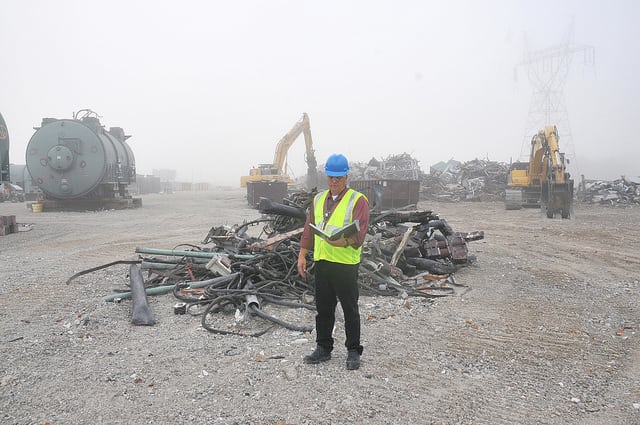
President Donald Trump’s signature is the only thing standing between the Energy Department’s nuclear cleanup office and nearly $7.2 billion in funding for fiscal 2019. That would be the highest spending level for DOE’s Office of Environmental Management…